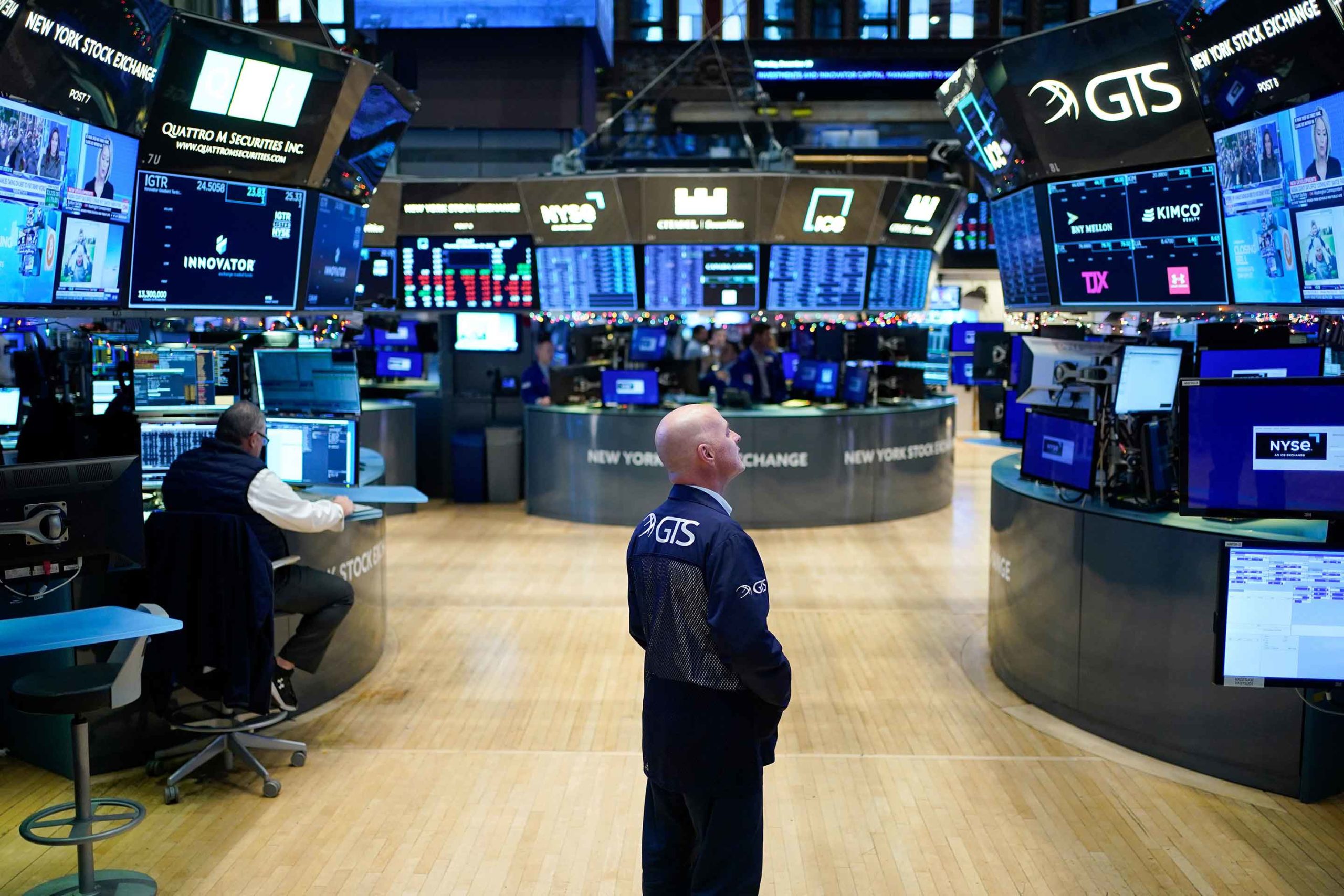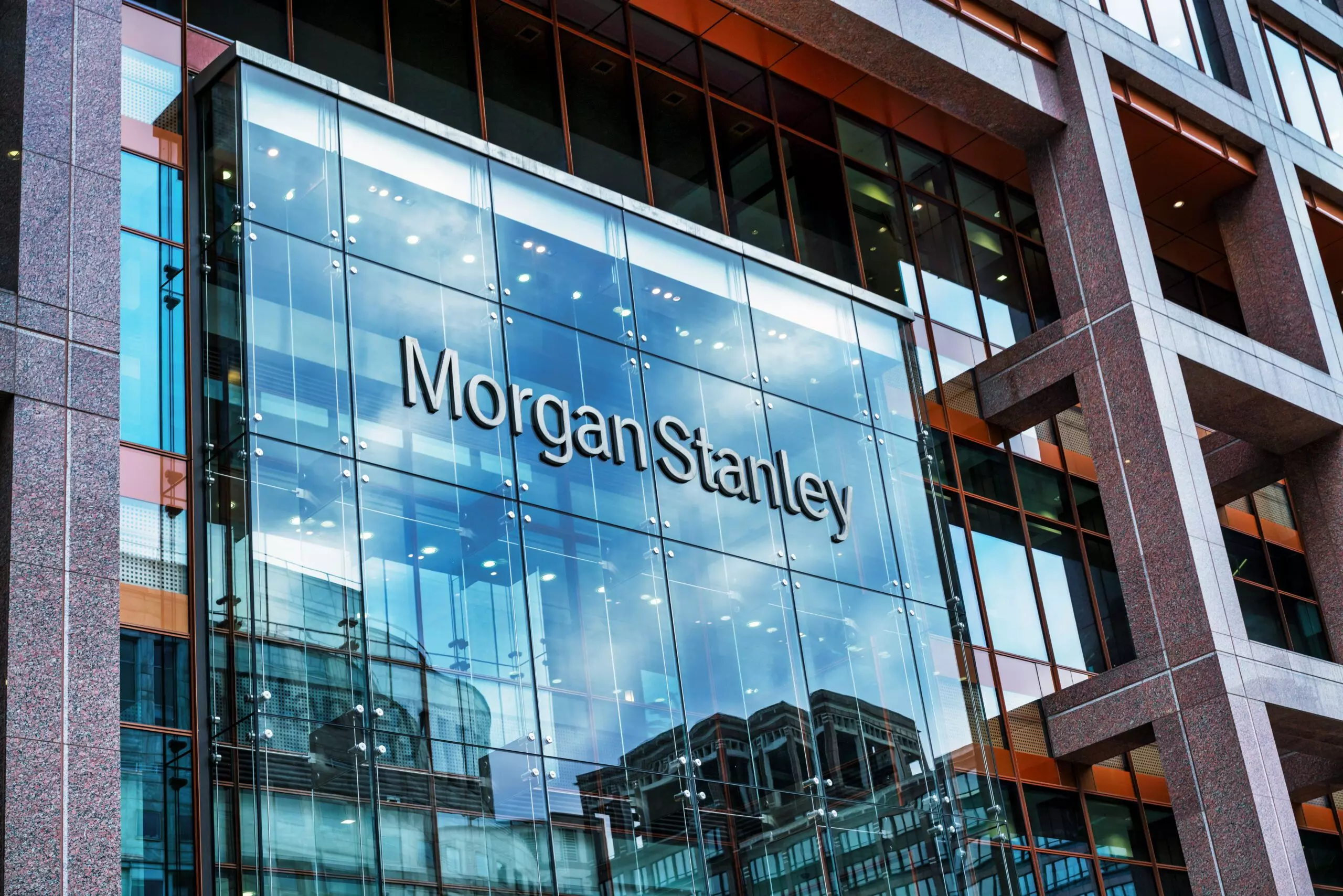As September arrives, the stock market landscape is filled with uncertainty, challenging the optimism that has fueled this year’s 18% rise in the S&P 500.
Despite a slight dip in August, the S&P 500 has shown resilience, finishing near its monthly highs for six consecutive months. Investors now need help with doubts about whether stocks can maintain their gains in changing economic conditions.
Recent economic data reveals a cooling job market and modest economic growth, supporting arguments for the Federal Reserve to leave interest rates unchanged during its Sept. 19-20 meeting following a series of aggressive rate hikes. Final inflation readings just before the meeting will provide additional insights.
However, the Fed’s actions in November or December remain uncertain. Fed Chairman Jerome Powell has hinted at potential rate hikes later in the year if the economy doesn’t slow enough to combat inflation.
While higher rates typically pose a risk to stocks, this year has defied conventional wisdom.
Shana Sissel, CEO at Banrion Capital Management, highlights the market’s overvaluation and anticipates a potential S&P 500 decline of over 10% by year-end.
Companies in the index currently trade at about 19 times their projected earnings for the next 12 months, up from approximately 16.8 at the year’s outset and surpassing the 10-year average of 17.7.
A shortened trading week will provide fresh insights into the trade deficit and U.S. service-sector activity for August, alongside speeches from regional Fed presidents.
One looming question for the market is whether the enthusiasm surrounding artificial intelligence, which fueled much of this year’s rally, can be sustained.
Despite Nvidia’s significant gains this year, its blowout earnings failed to reignite enthusiasm in the AI sector, contributing to the Nasdaq Composite’s 2.1% decline in August, its worst month since late last year.
Jim Besaw, CIO at GenTrust, parallels this situation and previous market scenarios focused on single themes or sectors.
While he started the year neutral, he has become bearish as the market approaches all-time highs, with the S&P 500 currently down about 6% from its January 2022 record close.
Institutional investors are capitalizing on their gains, withdrawing from U.S.-focused equity mutual and exchange-traded funds for five consecutive weeks, the longest streak since mid-March when concerns about the U.S. financial system emerged.
Mel Lagomasino, CEO at WE Family Offices, is selling growth stocks for value in the healthcare and consumer-staple sectors while adding to Treasury holdings, capitalizing on attractive 5% yields as interest rates reach their highest levels in over two decades.
Individual investors are also becoming cautious, with bearish sentiment, indicating an expectation of falling stocks over the next six months, reaching 34.5%, marking the second consecutive weekly increase after 11 weeks below the historical average of 31%. Bullish sentiment lags below historical norms.
Furthermore, bets against domestic stocks have climbed steadily, reaching $989 billion, up from $886 billion at the end of 2022, signaling increased skepticism among traders.
Short sellers are making gains, with their positions up $43 billion in August, although still distant from the $174 billion lost during the first seven months of the year.
While some traders hold onto hope for market gains post-Labor Day, when trading volumes typically rise, the resilience of consumer spending remains a bright spot, with people eager to spend on discretionary experiences, providing a potential boost to the economy.







